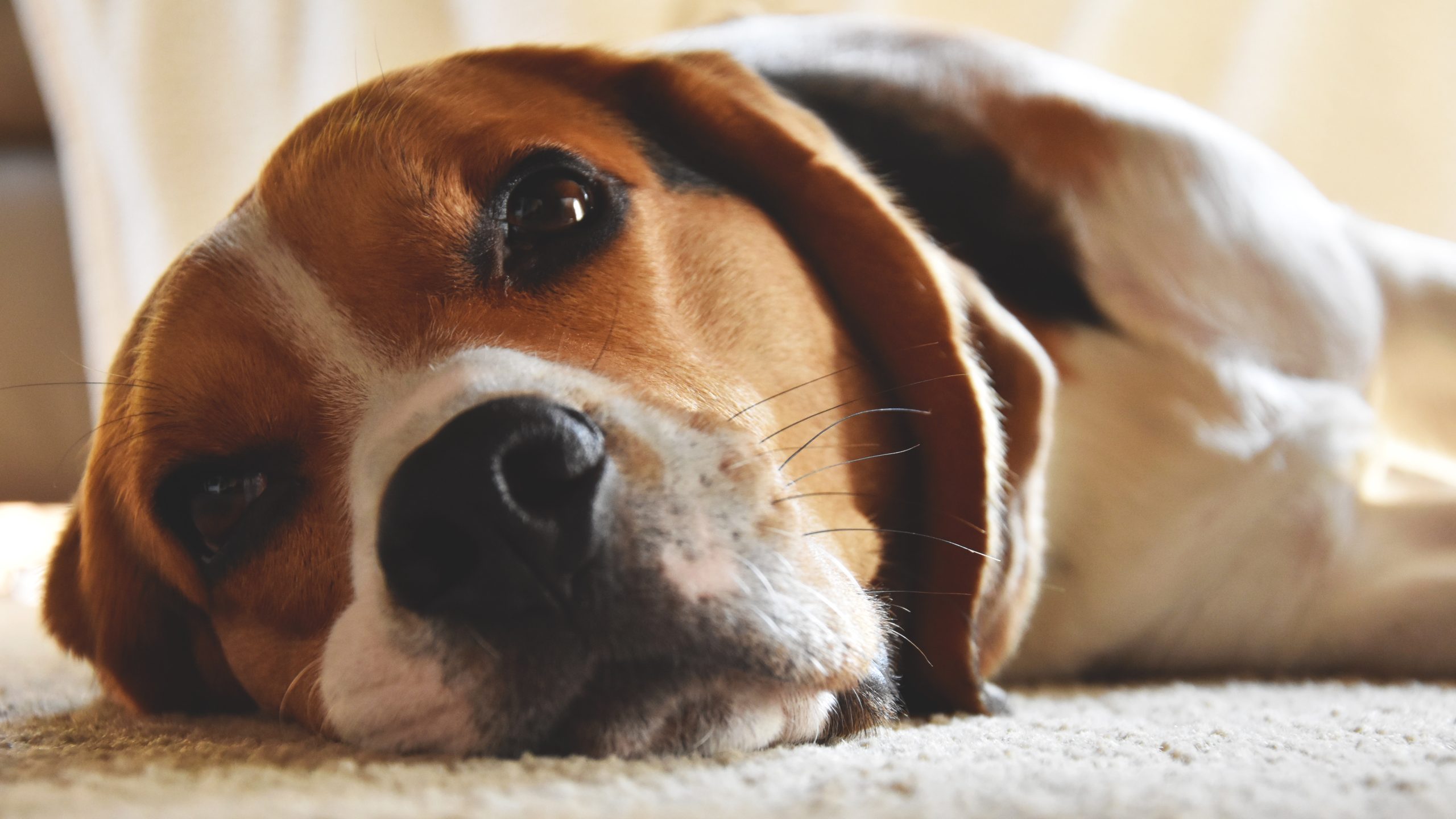The Beagle is not only a great hunting dog and devoted companion, but it is also cheerful, humorous, and thanks to its plaintive expression cute. Because they were trained to hunt in packs, they like company and are generally laid-back. There are two types of Beagles: those under 13 inches tall at the shoulder and those between 13 and 15 inches tall. Both breeds are robust, solid, and ‘large for their inches,’ as dog owners put it. They come in a variety of colors, including lemon, red, and white, and multicolored. The fortune of the Beagle is in his gorgeous face, with big brown or hazel eyes topped off by long, houndy ears set low on a broad head. Beagles are affectionate and friendly, cheerful and companionable all characteristics that make them wonderful family dogs. It’s no surprise that the Beagle has long been the most popular hound dog among American pet owners. These hounds are inquisitive, clever, and lively, and they require a lot of fun.
Beagle
curious / friendly / merry
Hound Group >>
Average sizes and life
expectancy of the breed.
Height
13 inches & under
13-15 inches
Weight
under 20 pounds (13 inches & under)
20-30 pounds (13-15 inches)
Life Expectancy
10-15 years
Breed Traits & Characteristics
About the Breed

What To Expect When Caring For a Beagle
Owning a dog is not just a privilege; it’s a responsibility. They depend on us for, at minimum, food and shelter, and deserve much more. When you take a dog into your life, you need to understand the commitment that dog ownership entails.
 Health
Health
Responsible breeders will examine their breeding stock for hip dysplasia, hypothyroidism, epilepsy, luxating patella (a dislocated kneecap), and eye diseases. A Beagle's ears, like all breeds, should be checked monthly, and its teeth should be brushed on a regular basis.
Recommended Health Tests From the National Breed Club:
- Hip Evaluation
- Thyroid Evaluation
- MLS DNA Test
- Cardiac Exam
- Ophthalmologist Evaluation
 Grooming
Grooming
Because the Beagle has a smooth, dense double coat that thickens in the winter, spring is shedding season. Beagles shed moderately all year. Brushing once a week using a medium-bristle brush, a rubber grooming mitt or tool, or a hound glove removes loose hair and promotes new hair development. Beagles don't need to be bathed very regularly, unless they get themselves into anything especially filthy. The Beagle's nails, like those of all breeds, should be clipped on a regular basis because extremely long nails can cause pain as well as issues walking and running.
 Exercise
Exercise
Beagles are active, enthusiastic canines who require at least an hour of daily activity. This does not imply simply letting children play in the backyard. Beagles were raised to work in packs and enjoy company the most. A Beagle left alone inside or outside for an extended amount of time will become destructive. This can be avoided if he has a friend to play with (human or canine). Because beagles are escape artists, an exercise area must include a five-foot-tall fence that extends underground to prevent tunneling. Walks must always be taken on a leash, because a Beagle, as a scenthound with a strong hunting instinct, would be unable to resist the impulse to dash off in pursuit of an enticing scent.
 Training
Training
Early socialization and puppy training sessions are essential for all dogs. Trainees benefit greatly from treats. Harsh approaches do not work well with beagles, but patience, good reinforcement, and even a little inventiveness will win out in the end.
 Nutrition
Nutrition
The Beagle should thrive on high-quality dog food, whether purchased commercially or cooked at home with your veterinarian's supervision and consent. Any diet should be tailored to the age of the dog (puppy, adult, or senior). Some dogs are prone to becoming overweight, so keep an eye on your dog's calorie intake and weight level. Treats can be a valuable training aid, but feeding too much can lead to obesity. Discover which human foods are suitable for dogs and which are not. If you have any concerns regarding your dog's weight or diet, consult with your veterinarian. At all times, clean, fresh water should be available.
History
For decades, people have speculated about the origins of this ancient breed. The breed’s name is also buried in mystery. Some scholars believe it is derived from the Gaelic word beag (“little”), while others believe it is derived from the French name for the sound hounds make when hunting: be’geule.
Small pack-hounds were used to hunt rabbits and hares in England even before the Roman soldiers arrived in 55 B.C. An English authority referred to the Beagle as the “foothound of our country, indigenous to the soil.” By the 1500s, most English gentlemen owned packs of giant hounds that hunted deer and lesser hounds that tracked hares. Our modern Beagle descended from smaller, more compact hounds.
The term “foot hound” is critical to understanding the Beagle’s wide appeal among hunters in England, Europe, and North America. In contrast to larger pack hunters such as foxhounds or Harriers, the Beagle could be hunted on foot—no horse was required. Those who couldn’t afford to feed and stable a horse, as well as ladies and gentlemen who were too old to spend a hard day galloping over the countryside on horseback, could easily outrun a pack of Beagles on foot.
Imports of beagles began arriving in America in the years following the Civil War, and their appeal among American rabbit hunters was rapid. In 1885, the AKC registered its first Beagle, named Blunder. Even today, “beaglers” in wooded areas of North America swear by their breed’s excellent nose.



